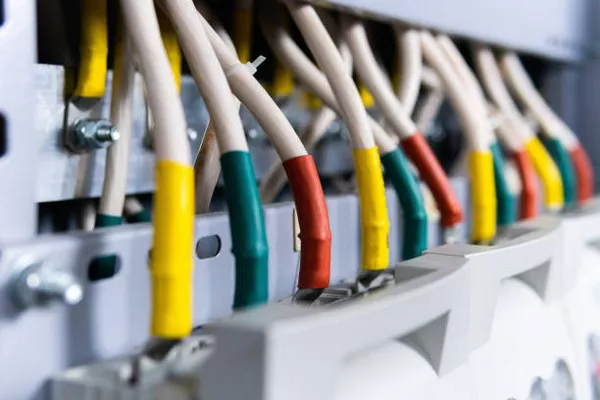Electrical transformers play a pivotal role in modern society, facilitating the efficient transmission and distribution of electrical power. From powering homes to driving industrial machinery, transformers are indispensable components of our electrical infrastructure. However, the journey from raw materials to the finished product is a fascinating process that involves precision engineering and advanced manufacturing techniques. In this article, we delve into the intricate steps involved in the manufacturing of electrical transformers.
Understanding Electrical Transformers:
Before delving into the manufacturing process, it’s essential to grasp the fundamental principles of electrical transformers. At its core, a transformer comprises two main components: the primary winding and the secondary winding, both typically wound around a core made of ferromagnetic material. The primary winding receives electrical energy, while the secondary winding delivers the transformed energy at a different voltage level. This transformation is achieved through electromagnetic induction, where alternating current in the primary winding induces a varying magnetic field in the core, subsequently inducing a voltage in the secondary winding.
Step 1: Design and Engineering
The journey of manufacturing an electrical transformer begins with meticulous design and engineering. Engineers analyze the specific requirements of the transformer, such as voltage levels, power capacity, and efficiency, to develop precise design specifications. Advanced computer-aided design (CAD) software is employed to create detailed schematics and 3D models, allowing engineers to visualize and optimize the transformer’s performance.
Step 2: Core Manufacturing
The core of an electrical transformer is typically made of high-permeability materials such as silicon steel or amorphous metal. These materials minimize energy losses by reducing eddy currents and hysteresis losses. Core manufacturing involves cutting and stacking thin layers of magnetic material to form the desired shape, often resembling a series of laminations. These laminations are then bonded together using specialized adhesives or by applying pressure and heat.
Step 3: Winding
Winding is a critical step in transformer manufacturing, where copper or aluminum wire is wound around the core to create the primary and secondary windings. The number of turns and the gauge of the wire are carefully calculated to achieve the desired voltage transformation ratio and current-carrying capacity. Automated winding machines precisely wind the wire around the core, ensuring uniformity and consistency in the winding pattern.
Step 4: Insulation and Impregnation
To prevent electrical arcing and ensure long-term reliability, the windings are insulated using various materials such as paper, Nomex, or epoxy resin. Insulation materials are carefully selected based on their dielectric strength, thermal properties, and compatibility with the transformer’s operating conditions. Once the windings are insulated, they may undergo impregnation, where the insulation material is impregnated with a liquid resin to enhance its mechanical strength and thermal conductivity.
Step 5: Assembly and Encapsulation
In this stage, the core and windings are assembled into the transformer’s final configuration. Additional components such as bushings, terminals, and cooling systems are installed as per the design specifications. Depending on the application, transformers may be encapsulated in a protective housing or immersed in transformer oil to enhance insulation and dissipate heat. Encapsulation also provides mechanical support and protects the transformer from environmental factors such as moisture and contaminants.
Step 6: Testing and Quality Assurance
Quality assurance is paramount in transformer manufacturing to ensure optimal performance and reliability. Comprehensive testing procedures are conducted at various stages of production, including insulation resistance tests, high-voltage withstand tests, and impedance measurements. Advanced diagnostic techniques such as partial discharge monitoring and thermography may also be employed to detect potential defects or anomalies. Once the transformer passes rigorous quality checks, it is ready for deployment in real-world applications.
See Also What Is The Function Of Transformer In Electricity
Conclusion:
The manufacturing of electrical transformers is a sophisticated process that combines advanced engineering principles with precision manufacturing techniques. From the initial design phase to final assembly and testing, each step requires meticulous attention to detail to ensure the highest standards of quality and performance. As our reliance on electrical power continues to grow, the importance of efficient and reliable transformers cannot be overstated. By understanding the intricacies of transformer manufacturing, we gain a deeper appreciation for the technology that powers our modern world.

